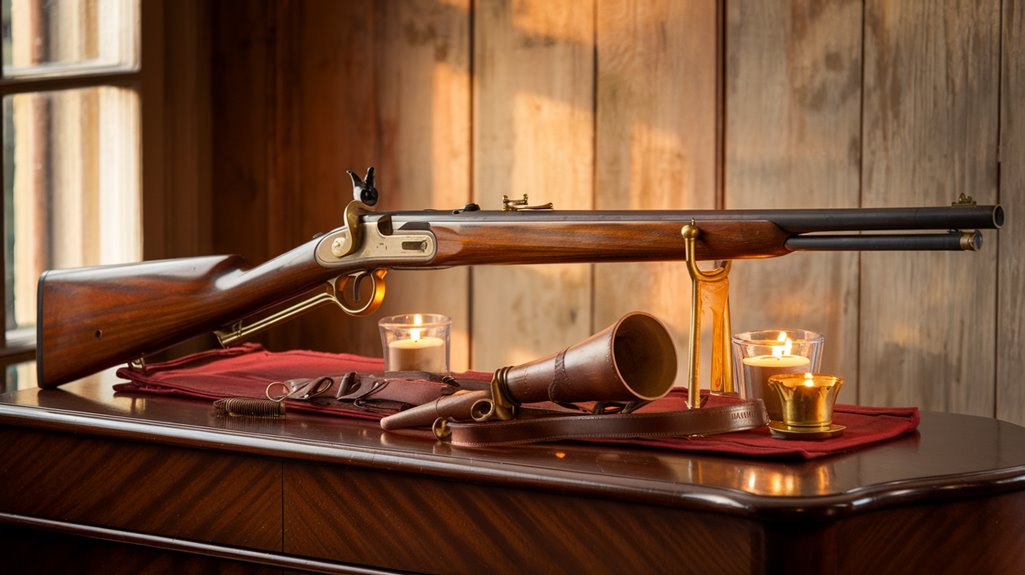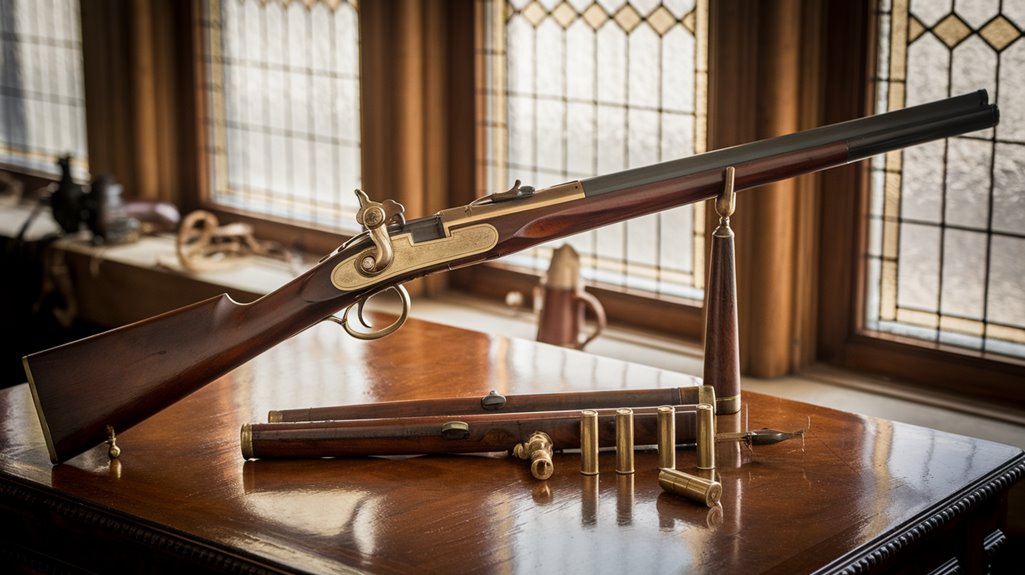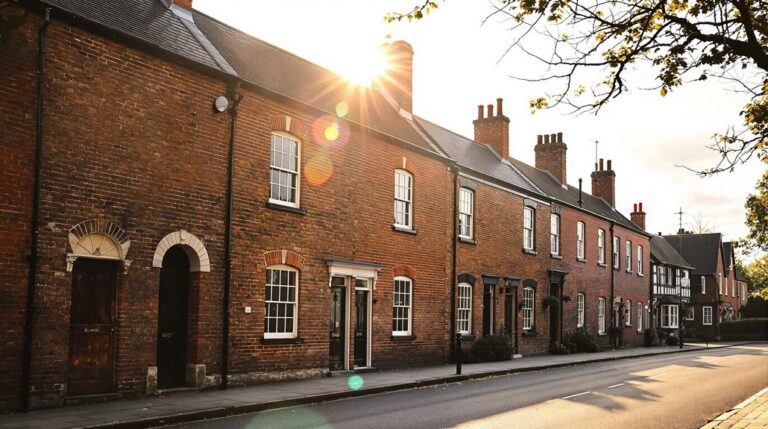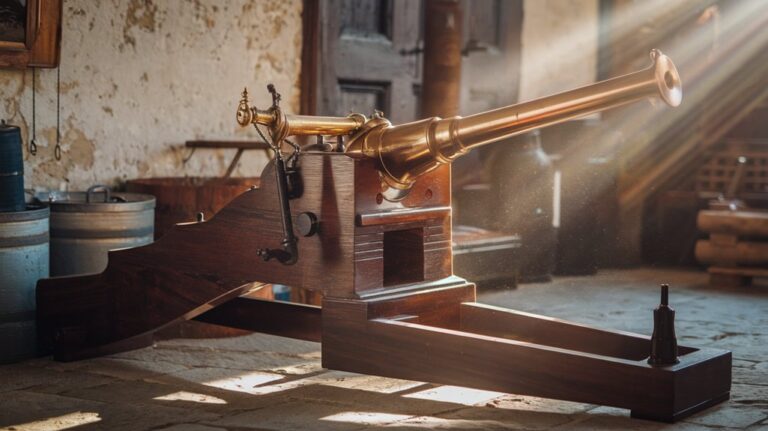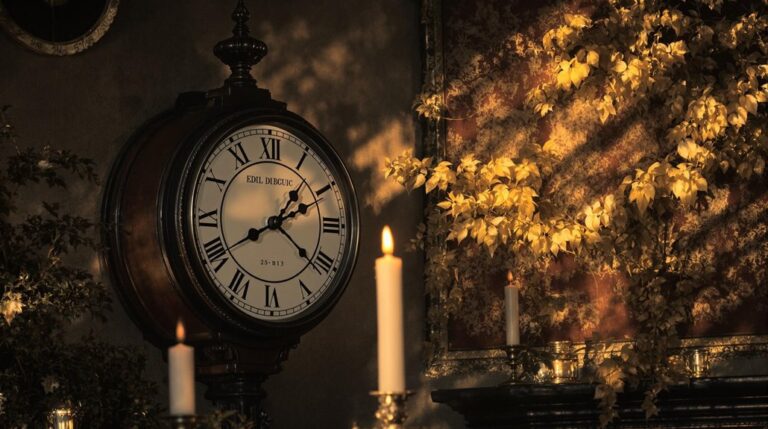Square Bullets?! The 18th-Century Gun You Didn’t Know Existed
Like finding a smartphone in a Renaissance painting, the Puckle Gun stands out as one of history's most peculiar weapons. You've probably never heard of this 1718 invention that could fire nine rounds per minute — an impressive feat for its time — but it's the gun's square bullets that'll make you wonder about its creator's state of mind. James Puckle's strange design wasn't just a technical curiosity; it was wrapped in religious prejudice and colonial ambitions that deserve a closer look.
The Birth of an Unconventional Weapon
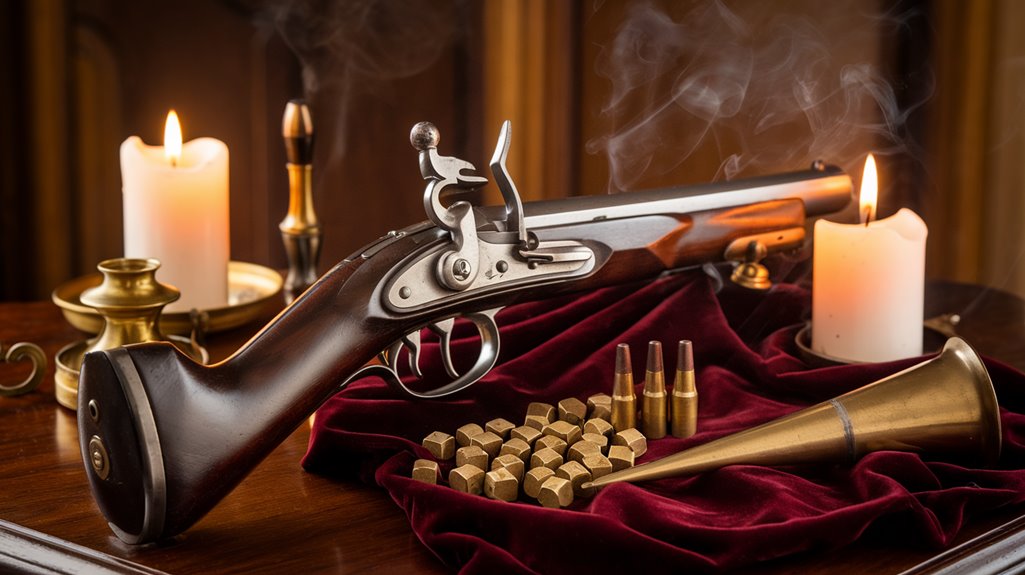
While most 18th-century weapons followed conventional designs, James Puckle's 1718 invention defied traditional norms.
You'll find his mechanical design was remarkably ahead of its time – a flintlock revolver mounted on a tripod with a revolving cylinder that could hold up to 11 shots.
This early innovation preceded the development of modern metallic cartridges that would transform ammunition nearly a century later.
In its historical context, Puckle's creation emerged as a response to the Ottoman Empire's naval threats. The weapon was designed to stop Turkish raiding boats that frequently attacked foreign ships.
The gun's unique feature wasn't just its rapid-fire capability of nine shots per minute, but also its ability to fire different bullet types depending on the enemy's religious affiliation.
Despite its innovative approach, you won't find many examples of this weapon.
The British government rejected it due to its unreliable flintlock mechanism, and only two guns were ever purchased, by the Duke of Montagu.
A Tale of Two Bullets: Round vs. Square
The Puckle gun's most distinct feature lay in its unusual ammunition design – a tale of two very different bullets.
The flintlock revolver mechanism formed the core of this innovative weapon design.
While round bullets were designed for Christian enemies with conventional aerodynamics and predictable flight patterns, square bullets were specifically created to inflict more severe wounds on Muslim Turks.
The concept would later inspire the development of polygonal rifling systems in modern firearms.
You'd find that round bullets proved more practical and reliable in combat, delivering consistent performance and accuracy.
In contrast, square bullets, despite their intended enhanced lethality, suffered from unpredictable flight patterns that made them largely ineffective.
Puckle's controversial design choice of square bullets was meant to "convince the Turks of the benefits of Christian civilization."
However, the square bullets' poor performance led to their discontinuation, while round bullets remained the standard ammunition of choice.
Revolutionary Speed: Firing Rate and Performance
At nine rounds per minute, James Puckle's revolutionary gun outpaced conventional flintlock muskets by a factor of three. His innovative reloading techniques, featuring a manual revolving cylinder, allowed for rapid-fire capability. A single shot could be fired every six seconds from the weapon, making it a remarkable advancement for its time. Like modern barrel lengths, longer barrels on these early guns provided higher projectile velocity and extended effective range.
Naval Defense Against Ottoman Raids
During the 18th century, Ottoman naval forces faced mounting pressure to defend against raids across their vast maritime territories.
You'd be surprised to learn that they didn't just rely on ships to combat piracy – they developed a sophisticated network of naval fortifications along their coastlines. These defenses weren't just static walls; they worked in tandem with naval patrols to protect merchant vessels and coastal settlements. Their siege tactics and fortresses proved essential for maintaining control over critical sea lanes.
While Ottoman piracy was a concern, the empire actually faced more significant threats from European privateers and Maltese corsairs.
They responded by implementing innovative legal measures and coordinating their land and sea forces effectively. Despite financial challenges, they invested heavily in these defensive measures, combining coastal fortifications with active naval patrols to secure their maritime interests and protect essential trade routes throughout the Mediterranean. The effectiveness of these naval defenses was put to the ultimate test when Muhammad Ali of Egypt provided crucial military support to help suppress Greek independence efforts.
The Religious and Political Backdrop
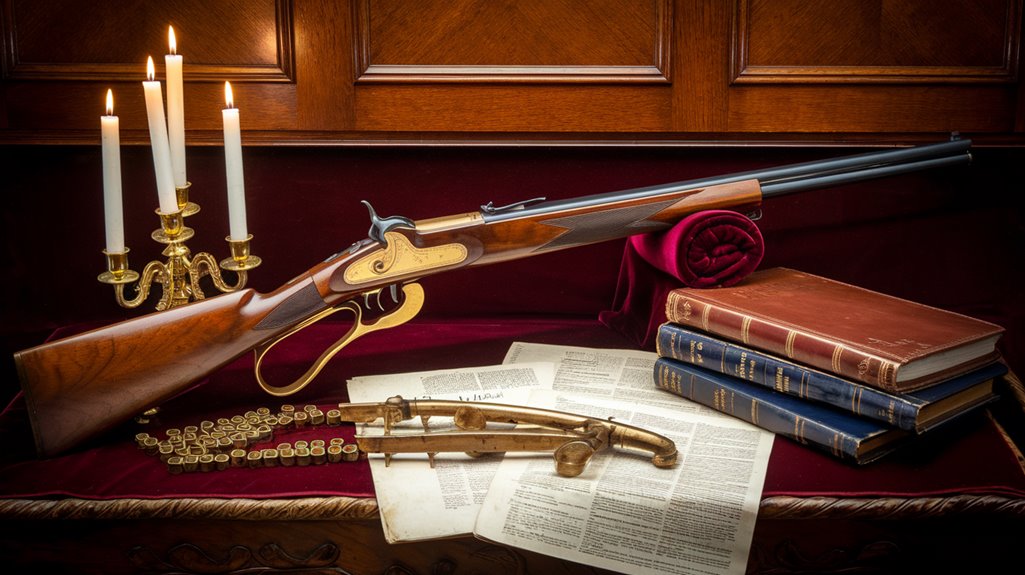
Religious and political tensions in 18th-century Europe created a volatile environment where sectarian conflicts shaped military innovations.
You're looking at a time when religious warfare wasn't just about faith – it deeply influenced politics and weaponry. The Ottoman Empire's expansion into Europe heightened these sectarian tensions, while anti-Catholic sentiments ran high in Protestant England.
- Long-running religious conflicts drove the development of specialized weapons aimed at specific enemies.
- Political and theological divisions merged, creating complex justifications for military innovations.
- Anti-Catholic rhetoric in Britain shaped public perception of external threats.
Despite John Locke's calls for religious tolerance, the reality was far different.
As you'd expect in a time of such intense religious and political upheaval, weapons like the Puckle Gun emerged as both practical and symbolic responses to these tensions.
Why the Puckle Gun Never Made It
Despite its innovative design and promising potential, the Puckle Gun failed to gain widespread adoption due to a perfect storm of technical limitations and practical challenges.
The gun's primary technical shortcomings centered on its unreliable flintlock mechanism and complex design, which made manufacturing extremely difficult. The gun's revolutionary multi-chambered revolving cylinder proved too sophisticated for 18th-century manufacturing capabilities. A public trial in 1722 demonstrated the weapon could achieve 63 shots in seven minutes.
With its intricate components, British gunsmiths couldn't mass-produce the weapon efficiently. You'd be surprised to learn that only two guns were ever manufactured.
The investment challenges were equally devastating. When demonstrated to the British Board of Ordnance, the gun failed to impress, leading to minimal investor interest.

